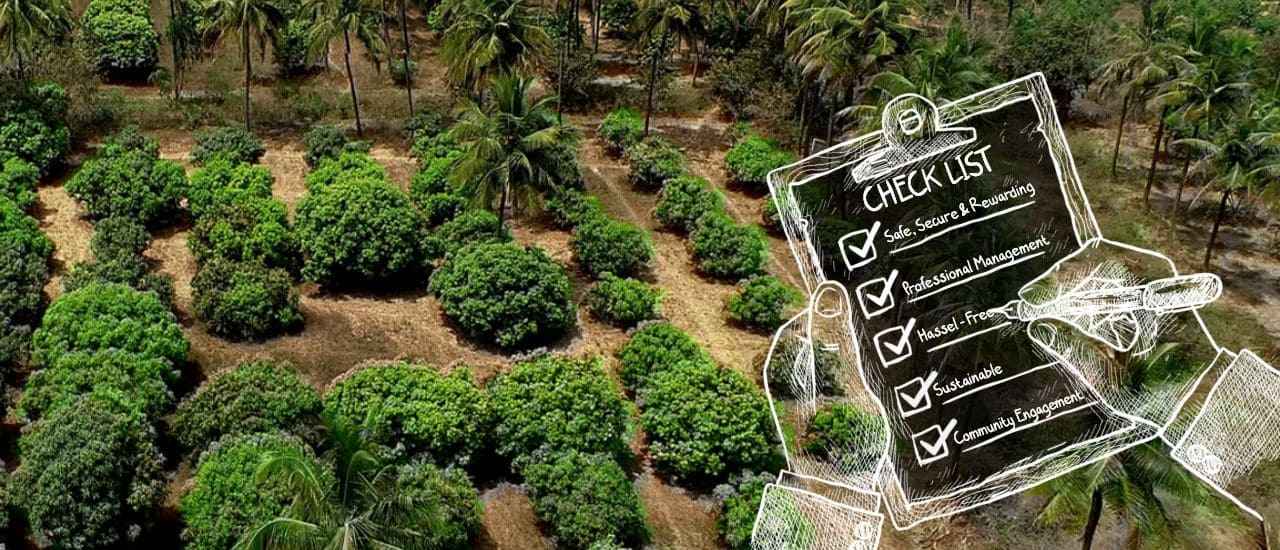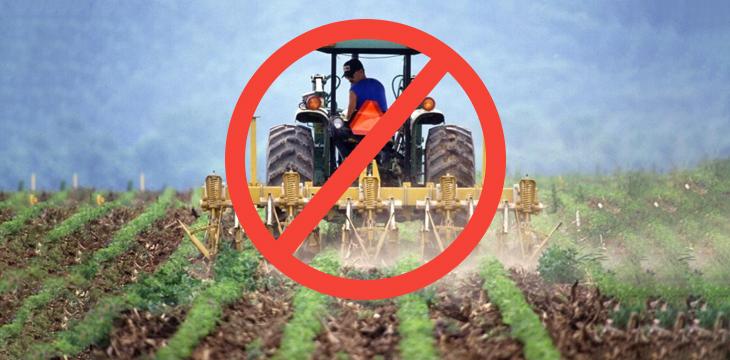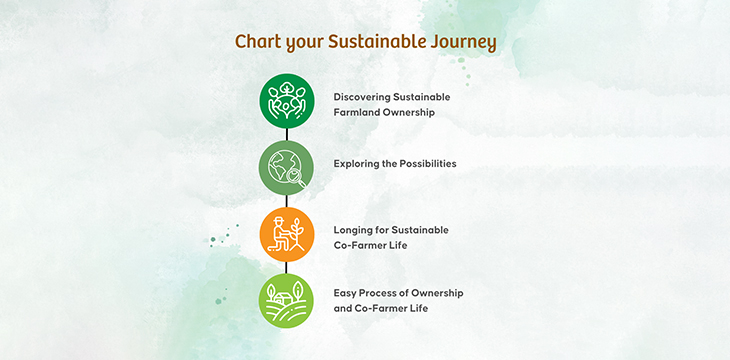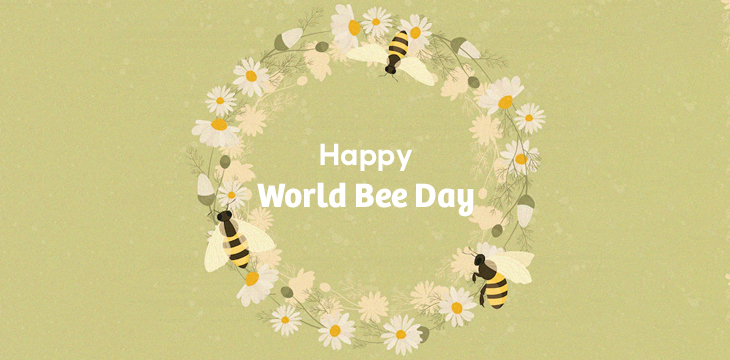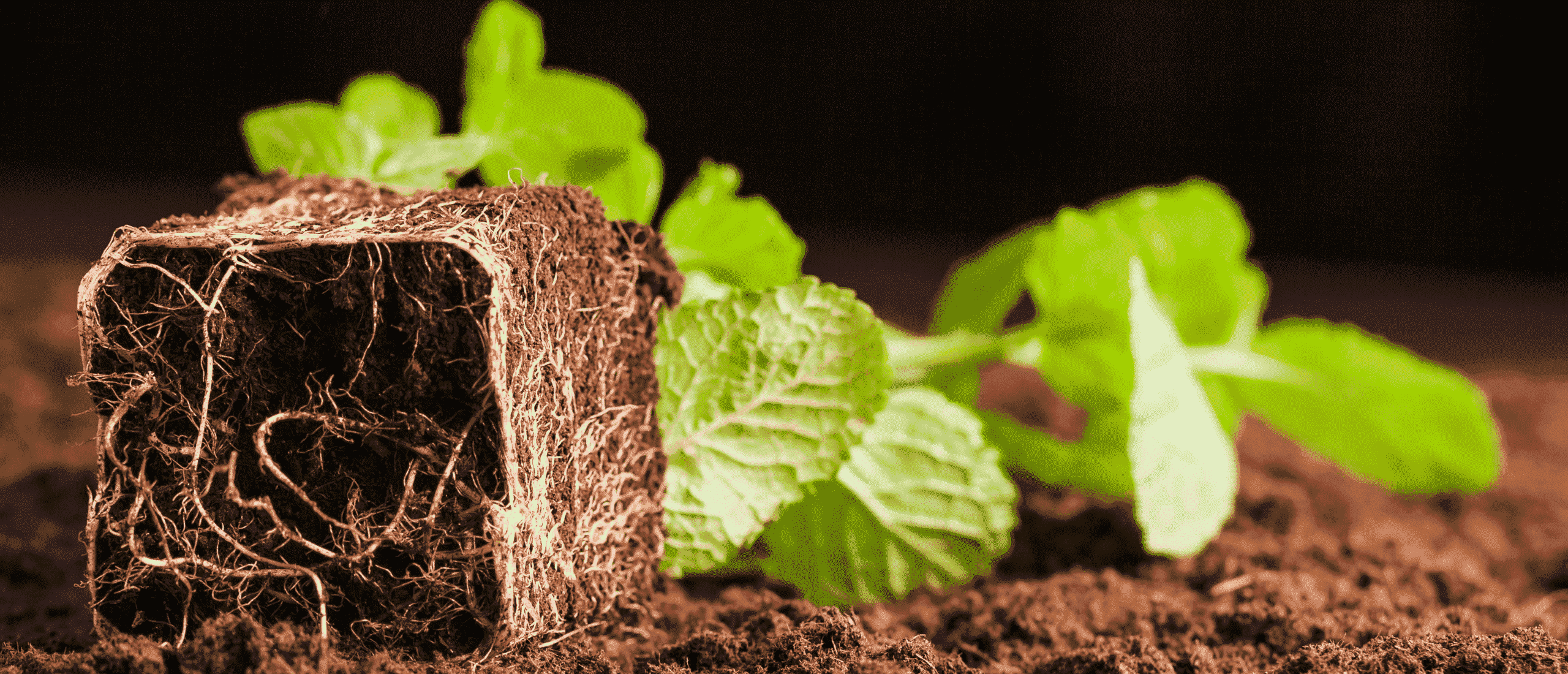April 26, 2023
Author -Srinivas Abhilash
Seed is the source of life. Seed is the souce of food. To protect food freedom, we must protect Seed Freedom – Vandana Shiva
Introduction
Did you know that over 60% of the world’s seed is owned by private companies? (https://www.etcgroup.org/content/who-owns-nature) This means that seed, which is the foundation of life, is controlled by a few powerful entities. Such control leads to slavery and dependence. On the other hand, a seed in the hands of the common people is freedom.
Multinational companies that own seeds aim to financialize nature and people. However, we can stop this by standing up and advocating for seed sovereignty. Seeds in the hands of the common people are key to our freedom and autonomy.
Saving and growing our own seeds empowers us and liberates us from the control of corporations. The art of seed-saving ensures that we have control over what we eat and contributes to community-directed futures.
How many varieties of rice, lentils, or tomatoes have you ever heard of? It’s likely that the answer is not many. In the modern world, our food choices are often limited by what is convenient, affordable, and readily available, leading to a loss of the incredible diversity of seeds that have sustained us for generations.
However, in ancient India, the abundance and variety of seeds were a source of wonder and awe. With over 200,000 varieties of rice and more than 15,000 varieties of lentils cultivated across the country, each seed possessed its own unique taste, aroma, and nutritional properties, and was valued not only for its culinary significance but also for its potent medicinal properties.
Our ancestors understood the incredible power of these seeds, using them as remedies for everything from digestive ailments to skin disorders. These seeds were deeply rooted in the geography and culture of the region, reflecting the incredible richness and complexity of India’s ecosystems and the ingenuity and resourcefulness of its farmers.
However, in the modern world, we have lost much of this incredible diversity, with many traditional seed varieties being lost or abandoned in favor of modern, industrialized agriculture.
It is more important than ever to reconnect with our roots and rediscover the incredible biological and cultural diversity of our seed heritage, for the sake of our health, our environment, and our collective future.
In this blog, we will explore the importance of seed, its types and the critical role in building a more sustainable and nourishing food system. Also, the role of conscious consumers is discussed in detail for a better tomorrow.
The Importance of Seeds in Indian Agriculture and the Need to Revive Traditional Farming Practices
Seeds are the foundation of agriculture, providing life in the form of an embryo and endosperm. For centuries, they have been considered the basic input in agriculture, playing a critical role in food production. In India, seeds have been highly valued in agriculture, with farmers saving the best seeds from the previous harvest for the next season. However, with the rise of industrialization and globalization, the way we produce, distribute, and consume seeds has changed dramatically.
Before the 1960s, Indian farmers stored seeds from their previous harvest for sowing or consumption. These seeds were local varieties, rich in nutrition, and were responsible for our forefathers’ longevity. However, it is now difficult to judge the quality of seeds consumed, as they exhibit a wide range of variations in color, size, shape, and behavior. Additionally, genetically modified organisms (GMOs) were introduced after the Green Revolution in 1965. Advanced techniques have modified seeds to favor market needs, reducing nutritional values and maturity periods. This has resulted in people consuming imbalanced nutrition, which could affect future generations.
The Importance of Seed Saving in India: Reviving Traditional Farming Practices for a Sustainable Food System
Seed saving has been an integral part of agriculture in India for centuries. In the absence of modern seed production and distribution systems, farmers relied on the traditional practice of saving the best seeds from the previous harvest for planting in the next season. This ensured that the seeds were well adapted to local conditions and had a higher chance of producing good yields. Over time, the practice of seed saving became embedded in complex social and religious rituals.
However, the introduction of modern agriculture technologies and practices in the mid-20th century, marked a significant shift in the way seeds were produced, distributed, and consumed in India. The Green Revolution led to widespread adoption of commercial seeds and fertilizers, and a decline in the use of native seeds and traditional farming practices. This resulted in farmers abandoning the practice of seed saving and starting buying seeds from commercial seed companies, creating a cycle of debt and dependency that made it difficult for small-scale farmers to break free from poverty.
Recently, there has been a growing movement in India to revive the practice of seed saving and promote the use of native seeds and traditional farming practices. This is based on the recognition that native seeds are better adapted to local conditions and can help build resilience to climate change and other environmental challenges.
Reviving seed saving and traditional farming practices will also promote food security, biodiversity conservation, and cultural heritage preservation. It can also reduce the dependence of small-scale farmers on external inputs, creating a more sustainable and equitable food system.
Types of Seeds -Native Vs Hybrid Vs GMO
Native or Indigenous Seeds
Native or indigenous seeds have been adapted over time to the local environment and agricultural practices through centuries of farmer selection. They are well suited to local climatic conditions, soil types, and pests and diseases. These seeds are an essential component of cultural heritage and biodiversity, representing a wealth of traditional knowledge and practices that have been passed down from generation to generation.
Hybrid Seeds
Hybrid seeds are the result of crossbreeding two or more distinct in-bredlines of a crop to produce a new, genetically uniform hybrid. Hybrid seeds are often developed by seed companies, which invest heavily in research and development to create new and improved varieties that are more productive, disease-resistant, and marketable. Hybrid seeds have become increasingly popular among farmers in recent years, especially in the context of high-input agriculture, where they can help boost yields and profits.
GMO Seeds
GMO seeds are created by inserting genes from one organism into the DNA of another organism, typically to confer a desirable trait, such as pest resistance or drought tolerance. GMO seeds have been the subject of intense debate and controversy, with proponents arguing that they offer significant benefits in terms of productivity, sustainability, and food security, while opponents raise concerns about their safety, environmental impacts, and social implications.
Advantages and Disadvantages of Each Type of Seed
Different types of seeds have their own set of advantages and disadvantages. Here’s a look at the pros and cons of each type of seed:
Native or Indigenous Seeds
Advantages:
- Native seeds are well-adapted to local environmental conditions, making them more resilient to pests, diseases, and adverse weather conditions.
- Native seeds are often more diverse, which helps to maintain biodiversity and support local ecosystems.
- Farmers can save seeds from native plants and use them for future plantings, reducing the need for external inputs and saving money.
Disadvantages:
- Native seeds may have lower yield potential than hybrid seeds.
- They may be less uniform in size and shape, which can make mechanized planting and harvesting more challenging.
Hybrid Seeds
Advantages:
- Hybrid seeds have higher yield potential than native seeds, meaning they can produce more food per acre of land.
- They are often disease-resistant, reducing the need for pesticides and other chemical inputs.
- Hybrid seeds are often uniform in size and shape, making mechanized planting and harvesting more efficient.
Disadvantages:
- Hybrid seeds are expensive and need to be purchased each year.
- They may require more water and nutrients than native seeds, leading to increased inputs.
- Hybrid seeds in modern agriculture have led to a decline in diverse and resilient indigenous seeds, causing a loss of genetic diversity
GMO Seeds
Advantages:
- GMO seeds can be designed to be more disease-resistant, pest-resistant, and tolerant of adverse environmental conditions.
- They can also be engineered to have higher yield potential and longer shelf life.
- GMO crops can reduce the need for chemical inputs, such as pesticides and herbicides.
Disadvantages:
- There is a risk of unintended consequences from genetically modifying plants.
- GMO crops may negatively impact the environment and local ecosystems.
- Consuming food grown from genetically modified terminator seeds may negatively impact human fertility. These seeds produce sterile plants, requiring farmers to purchase new seeds each season.
Why Indian Farmers Are Getting into Debt
Farmers face a major issue of debt, which often leads to farmer suicides. This problem stems from their low income due to the low prices they receive for their crops. The government regulates food commodity prices to keep food inflation low, but this has devastating consequences for farmers. They take on debt to make ends meet because they cannot cover their production costs. Farmers become trapped in a cycle of debt because of their inability to repay their loans due to their low income. The lack of a fair and stable price for their produce is a key reason why farmers get into debt. This issue can be addressed by creating a more equitable system for setting prices, such as implementing minimum support prices, subsidies, and financial support. The high cost of hybrid seeds, which comes from dependence on multinational companies, exacerbates this problem.
Conscious Consumerism
Choosing products grown using indigenous seeds:
Consumers can choose to buy products grown using indigenous seeds, which supports local seed systems and helps maintain seed diversity. This can also help reduce farmers’ dependence on expensive hybrid or genetically modified seeds.
Supporting local supply chains:
Consumers can choose to buy products from local farmers and support local supply chains. This can help reduce the cost of transportation and storage for farmers, increasing their profits and reducing the need for debt.
Being more vocal about these activities:
Consumers can also help spread awareness about the importance of sustainable agriculture practices and the need to support local farmers. This can be done by sharing information about local food systems and advocating for policies that promote sustainable agriculture.
Supporting Seed Saving and Seed Distribution:
Consumers can take it a step further by supporting seed banks and seed savers who preserve native seeds and distribute them to farmers. By supporting seed banks and native seed savers, consumers can help maintain seed diversity, support sustainable agriculture practices and help farmers reduce their dependence on expensive hybrid or genetically modified seeds.
GI Tagged Products
Consumers can also create demand for food products grown using native seeds by supporting GI-Tagged food products. This promotes native varieties and special local varieties and gives them the much-needed media hype and coverage to reach the general public, increasing awareness and propelling the demand for food products grown using native seeds.
Towards doubling farmers’ incomes by 2024, the Indian government aims to reduce the debt burden on farmers and promote sustainable agriculture practices. Consumers can contribute to this goal by supporting native seed savers, buying products grown using indigenous seeds, and promoting sustainable agriculture practices.
By practicing conscious consumerism and supporting local farmers, consumers can help create a more sustainable and equitable food system that benefits both farmers and consumers.
Conclusion
Industrialized agriculture and multinational corporations control the majority of global seed supply. This harms biodiversity, contributes to greenhouse gas emissions, and reduces the range of foods available. Saving seed is an effective and free climate solution that can contribute to local food security in the face of climate change.
To support local farmers, consumers can encourage the use of native seed varieties and promote decentralized, community-driven systems of procurement and distribution. For example, a group of families can hire a farmer as a “family farmer” and provide a monthly salary to grow food using native seeds. This model promotes sustainable and healthy farming practices while providing farmers with a stable source of income.
By adopting such models, conscious consumerism can reduce dependence on middlemen and provide fair compensation for farmers. Scaling up these models can drive positive change in farming practices and promote the health and happiness of both urban and rural communities.
As we celebrate International Seeds Day, let us pledge to save native seeds, create ecosystems that support their flourishing, and build a powerful movement towards achieving seed sovereignty. By doing so, we can ensure that these sources of life continue to sustain us and our planet for generations to come.

